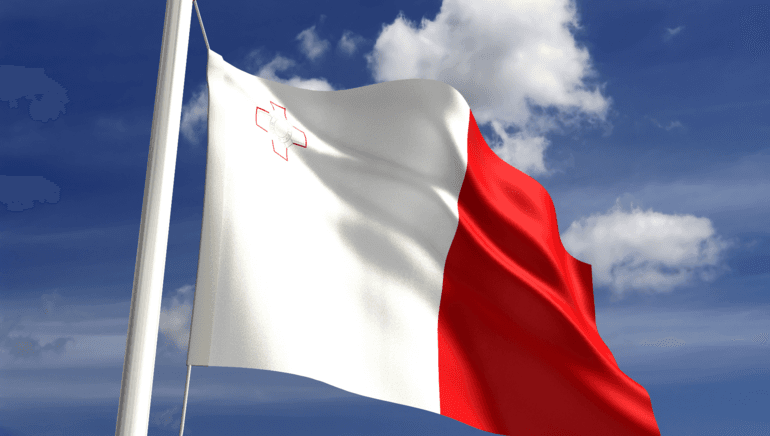Free play has long been a staple of casino promotions. It’s not unusual to find patrons queued in long lines waiting to swipe loyalty cards at kiosks for the opportunity to add slot or table games credits to their accounts.
Free play would seem to be as important to operators as beaches are to vacationers or rain to farmers.
However, according to “Measuring the Impact of Reduced Free-play Offers on Casino Loyalty Behavior,” a study by Anthony Lucas, a professor at the University of Nevada, Las Vegas William F. Harrah College of Hospitality, and Katherine Spilde, a professor at San Diego State University, reducing free play won’t negatively affect operators.
“I’m not trying to say free play is categorically bad,” Lucas told CDC Gaming in an interview.. “It can work. But I will say this: if you look at the body of research, much of which I cited in the paper, it’s not really supporting the success of free play.
“And again, I don’t think it’s because free play is categorically bad. But I think as an industry, we’re not doing a very good job of measuring it.”
The study, published in the UNLV Gaming Research & Review Journal, examines the increasing costs of free play campaigns that have become expensive investments for operators. In Pennsylvania, for example, casinos accepted more than $425 million in free play wagers in 2021, accounting for 23% of the state’s $1.9 billion in gross terminal revenue. Resorts World NYC redeemed $117 million in free play in fiscal year 2020. And data from an unnamed Las Vegas Strip resort indicated that free play credits accounted for over 24% of its annual tracked theoretical slot win in 2020.
“It’s by far the most relied upon player incentive in the U.S,” Lucas says of free play. “It’s No. 1, and No. 2 isn’t even in the rearview mirror.”
The study was conducted over six months at a tribal casino in the Western U.S. that served a customer base dominated by repeat visitors. The 400 patrons sampled during the study came from a tier that received $15 per week and were randomly assigned into one of four groups. One group continued to receive $15 per week. The next group was given $10, the next $5, and one group saw its free play gradually reduced to zerol
“The fear has been if we roll it back, everyone’s going to leave like a biblical exodus to our competitors who are still giving free play,” Lucas says.
But that didn’t happen.
“When they took (free play) completely away there still wasn’t a significant difference in gambling spend over the six-month period,” he says. “That was pretty shocking. And we took one group from $15 to $5, and they actually played more over six months, significantly more.”
Because it was a local market property, there was a lot of crosstalk between the various tiers. Over the six-month period perceptions of injustice arose that would seemingly affect player behavior.
“People started feeling like, I’m not being treated fairly, I’m not appreciated, therefore I’ll go somewhere else,” Lucas said. “… We were really worried because everyone told us, everyone’s going to leave. No one’s going to play because of free play. And that just didn’t happen.”
People didn’t leave, Lucas states, because free play is not the main driver of casino visitation. Convenience and proximity – is a casino easy to get to, and is it close by? – are more important visitation factors. Safety also plays a role, especially for women.
And the feel of a casino and how it looks are also significant.
“I think people want to go to a nice place, and they’ll pay more to do it,” Lucas says. “Investing in the physical property itself is something that has longer legs than a price-based offer. If you offer me 20 (in free play) and the next guy offers 25, it’s just too easy to match. But if you’re improving the physical structure, it’s harder to copy.
“For example, Durango Station in Las Vegas, I thought they did a really nice job designing that place. And it’s doing great. I don’t know if it’s because of the design, it could be the location, it could be marketing, but I like investing in the physical space in the modern age of land-based gaming.”
Even if the study proves that reducing – or even eliminating – free play can be financially beneficial to casinos, Lucas notes that operators are naturally reluctant to implement significant changes. In the same way the elimination of smoking is viewed as a risk, excising free play seems like too large a gamble for many CEOs.
“There’s more to lose than to gain by policy changes like that,” he says. “At least that’s how they perceive it. Getting one of them to do it, that’s a tough sale. There’s a natural and understandable fear. What if it goes the wrong way?
“It’s such a short-term world in finance that you can be out of a job or not get your contract renewed. … If you’re a CEO and you’ve got a really sweet gig, and you’re pulling down big bucks, are you doing to take that chance? I don’t know. No one likes to say that, but that’s what we’re talking about. It’s sort of naturally a risk-averse environment.”
Please fill out the form to send a message to the CDC Gaming Reports team. Alternatively, you can send an email to the address on the footer of each page.



 2024-07-12
2024-07-12















